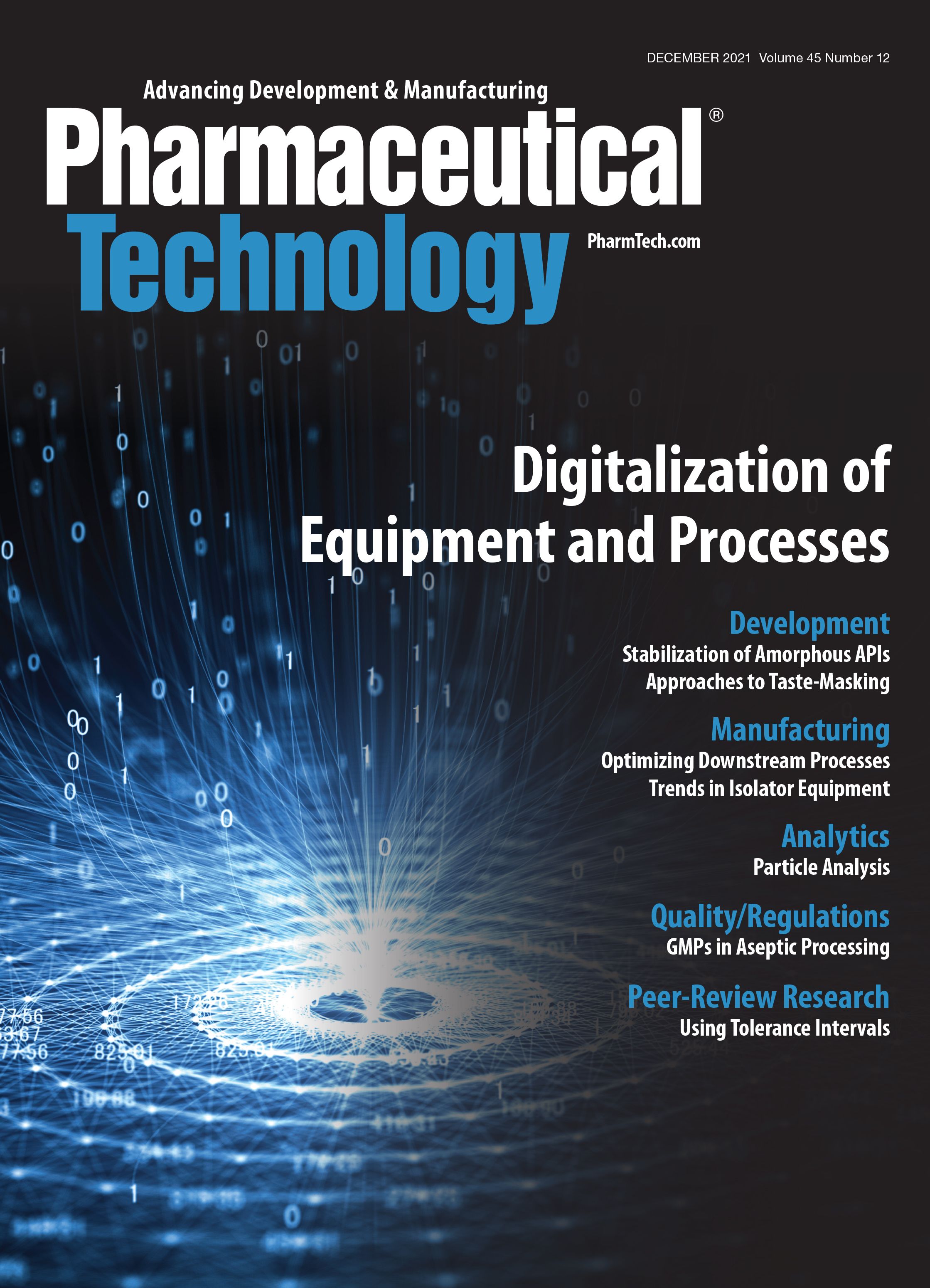Read more on digitalization
This article appeared as a sidebar in an article in the December 2021 issue of Pharmaceutical Technology, Digitalization Moves Forward in Pharma Equipment and Processes.
Polpharma implemented digital technologies, including a digital twin of operations.
Polpharma, a large drug manufacturer in Poland that makes APIs and generic prescription and over-the-counter drugs, began a digital transformation project of its whole business, including manufacturing operations, in 2017. The company implemented technologies that allowed it to digitize documents and activities, collect data from multiple points of the production processes, and automate data flows, says Magdalena Rzeszotalska, Corporate Communications and Corporate Social Responsibility Director. The aim was to eliminate manual activities and to develop and employ a digital twin of operations.
This article appeared as a sidebar in an article in the December 2021 issue of Pharmaceutical Technology, Digitalization Moves Forward in Pharma Equipment and Processes.
“In the operations area, the key benefit we were able to realize is to connect thousands of data points into a comprehensive model of manufacturing and supply chain activities that allows us to simulate, predict, and optimize underlying processes and activities in order to improve time to market, quality, and cost,” says Rzeszotalska.
One of the projects used data collected from the supervisory control and data acquisition system combined with augmented reality/virtual reality (AR/VR) to visually replicate the factory floor location and improve remote connection between subject matter experts or external service providers located outside the facility with the technicians located inside. An AR scan virtually locates the external personnel with the technician, allowing the team to more quickly communicate and resolve factory floor problems. This practice resulted in a 10–15% reduction in maintenance downtime, and was adopted across the company to help maintain social distancing during the COVID-19 pandemic, reports the company.
The biggest challenge in implementing the AR/VR project was the initial phase. “The bottleneck turned out to be the collection of the necessary materials and guidelines from end-users (maintenance services) on what exactly, and in what form, information should be represented [in] the extended/virtual environment,” notes Rzeszotalska. “It is necessary to think carefully about the organization of data and areas in the application and how to connect the environment with other systems and the metadata stored in them.”
The AR/VR solution was also used to improve the complex task of installing utilities and technical infrastructure. “AR presented key information directly at the pipelines and measuring points, without the need to reference it manually in the control room,” says Rzeszotalska. “For complicated manual procedures, AR allowed the introduction of step-by-step procedures with automatic verification of performed activities. This solution increases work safety and reduces the possibility of human error.” As a result, downtime was reduced.

Drug Solutions Podcast: A Closer Look at mRNA in Oncology and Vaccines
April 30th 2024In this episode fo the Drug Solutions Podcast, etherna’s vice-president of Technology and Innovation, Stefaan De Koker, discusses the merits and challenges of using mRNA as the foundation for therapeutics in oncology as well as for vaccines.
Entering New Domains for 3D Printing of Drug Products
April 6th 20253D printing of personalized medications is currently possible under existing compounding regulations, offering enhanced process control through automation. But new legislation coming in 2025 will allow 3D printing as part of a distributed manufacturing framework.